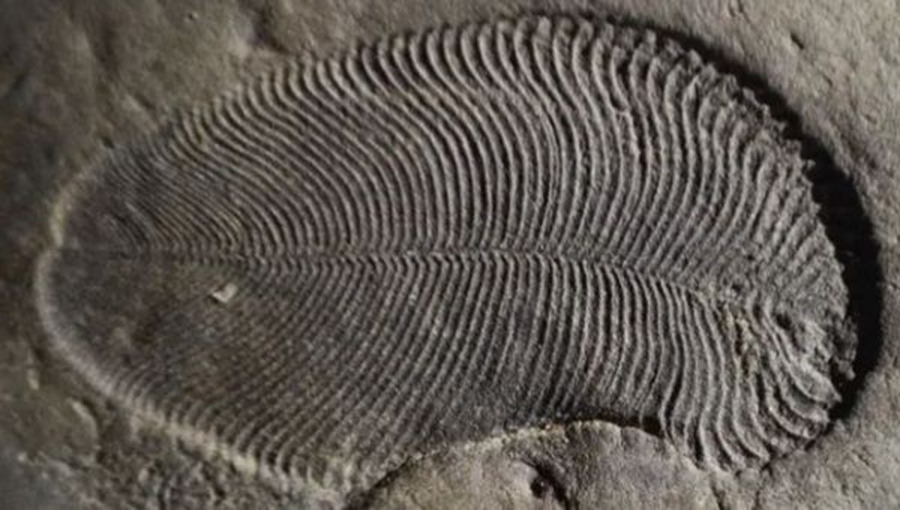560 Million Year Fossil is the World's Earliest Animal Species

Found on the cliffs of Russia’s northwest coast along the White Sea, the fossils predate snails, bivalves, and arthropods.
Found on the cliffs of Russia’s northwest coast along the White Sea, three 558-million-year-old fossils are the oldest known living species, a new study shows.
"The fossil fat molecules that we've found prove that animals were large and abundant 558 million years ago; millions of years earlier than previously thought," said Jochen Brocks, co-author of the study and an associate professor at the Australian National University (ANU).
Found on the cliffs of Russia’s northwest coast along the White Sea, the fossils predate snails, bivalves, and arthropods as the world’s earliest complex organisms.
Due to lack of biological evidence, the species boggled scientists for decades and was classified as fungi, lichen, and as a protozoan. It was considered the “holy grail of paleontology,” said Brocks.
The paleontological conundrum was resolved after Ph.D. student Ilya Bobrovskiy led an expedition to the Russian wilderness in search of fossils with organic matter still intact.
"Most rocks containing these fossils, such as those from the Ediacara Hills in Australia, have endured a lot of heat, a lot of pressure, and then they were weathered after that — these are the rocks that paleontologists studied for many decades, which explained why they were stuck on the question of Dickinsonia's true identity," Bobrovskiy said.
“These fossils were located in the middle of cliffs of the White Sea that are 60-100m high. I had to hang over the edge of a cliff on ropes and dig out huge blocks of sandstone, throw them down, wash the sandstone and repeat this process until I found the fossils I was after,” said Bobrovskiy.
Brocks described the Dickinsonia as “soft and flexible;" “Maybe like a slug, but less watery than a jellyfish.
“What these strange-looking Ediacaran creatures really were ... is essential if we want to understand the emergence and evolution of our own earliest ancestors,” Brocks concluded.
Source: www.telesurtv.net








